3,500-year-old tombs of two royal officials opened in Egypt. See the treasures inside
If walls could talk, these ancient Egyptian tombs would have centuries’ worth of stories to tell — tales of wealth and glory, revenge and survival. Take a look inside the tombs of these long-dead royal officials.
Archaeologists began excavating a relatively unknown section of tombs in Luxor, Egypt, in 2002, according to a Thursday, Feb. 9, news release from Egypt’s Ministry of Tourism and Antiquities. After decades of restoration by the joint Spanish-Egyptian research team, the tombs of two royal officials — Djehuty and Hery — are open to the public.
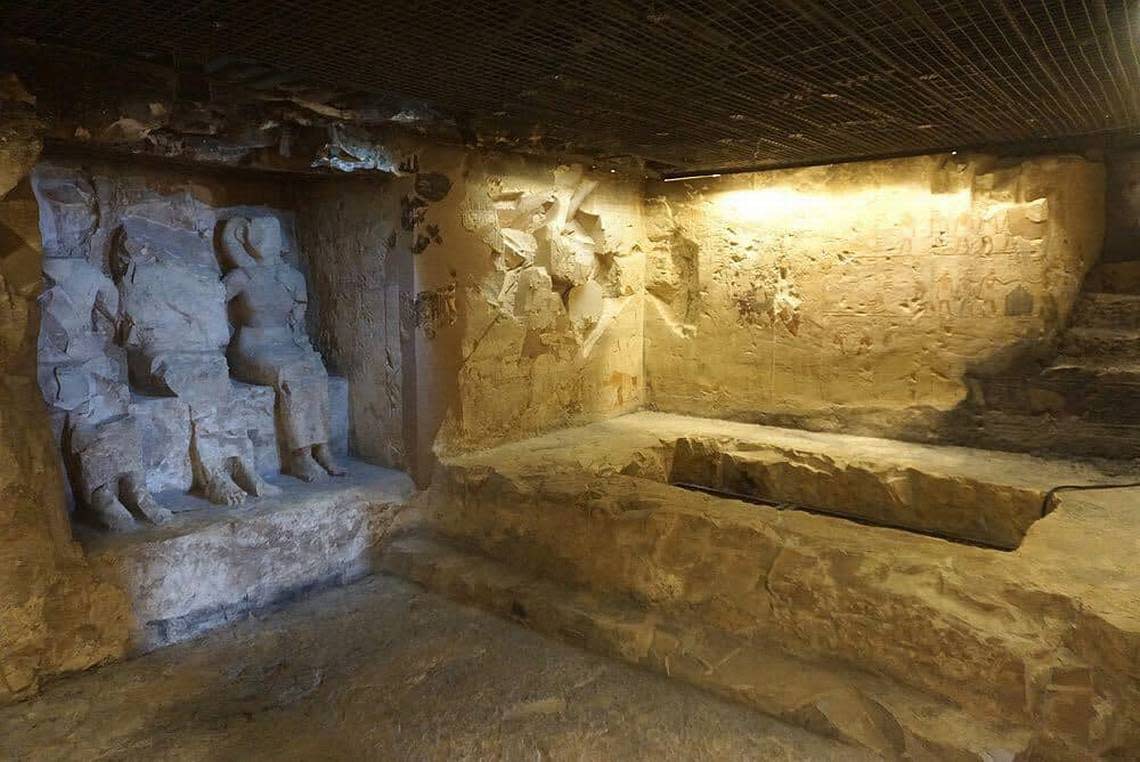
Djehuty was an important minister around 1475 B.C. who served under the pharaoh’s of Hatshepsut and Thutmosis III, according to the Djehuty Project. He supervised the state treasury and artisans and occasionally served as a scribe, Egyptian officials said.
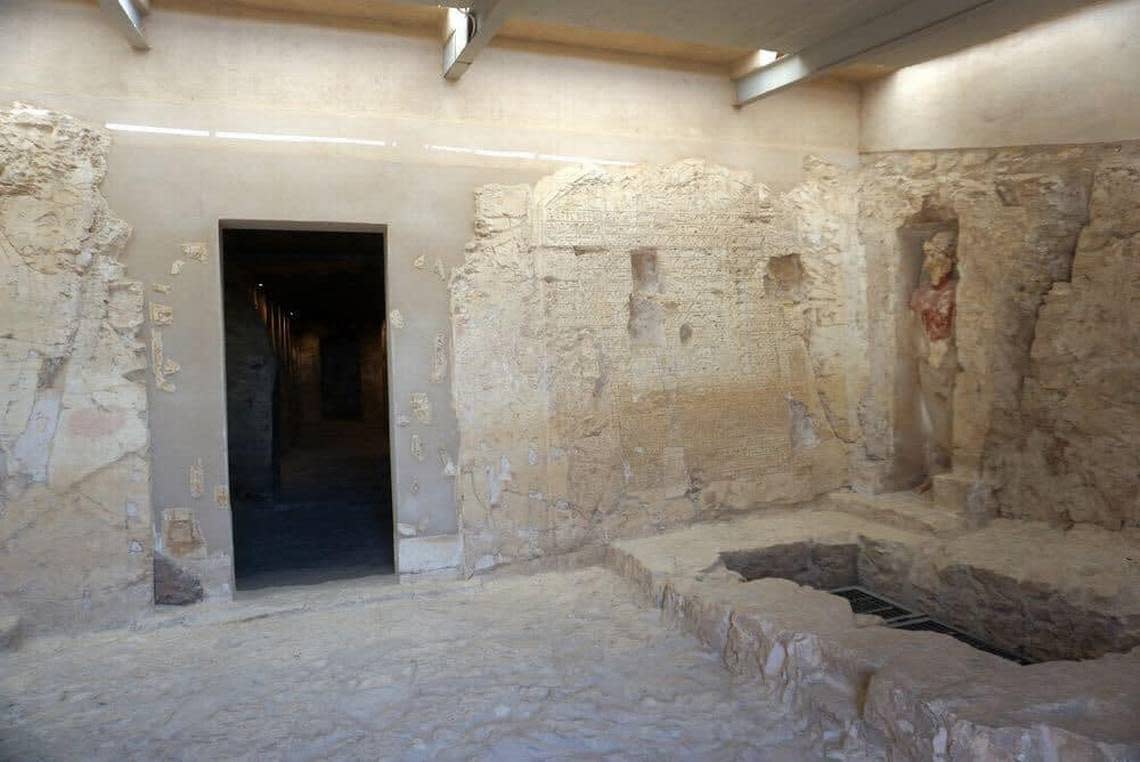
Djehuty’s identity and tomb survived about 3,500 years despite deliberate attempts to prevent this, the Spanish National Research Council said in a news release. In Djehuty’s tomb, archaeologists noticed that carvings of his name and face were systematically damaged — an attempt to erase him from memory. But why?
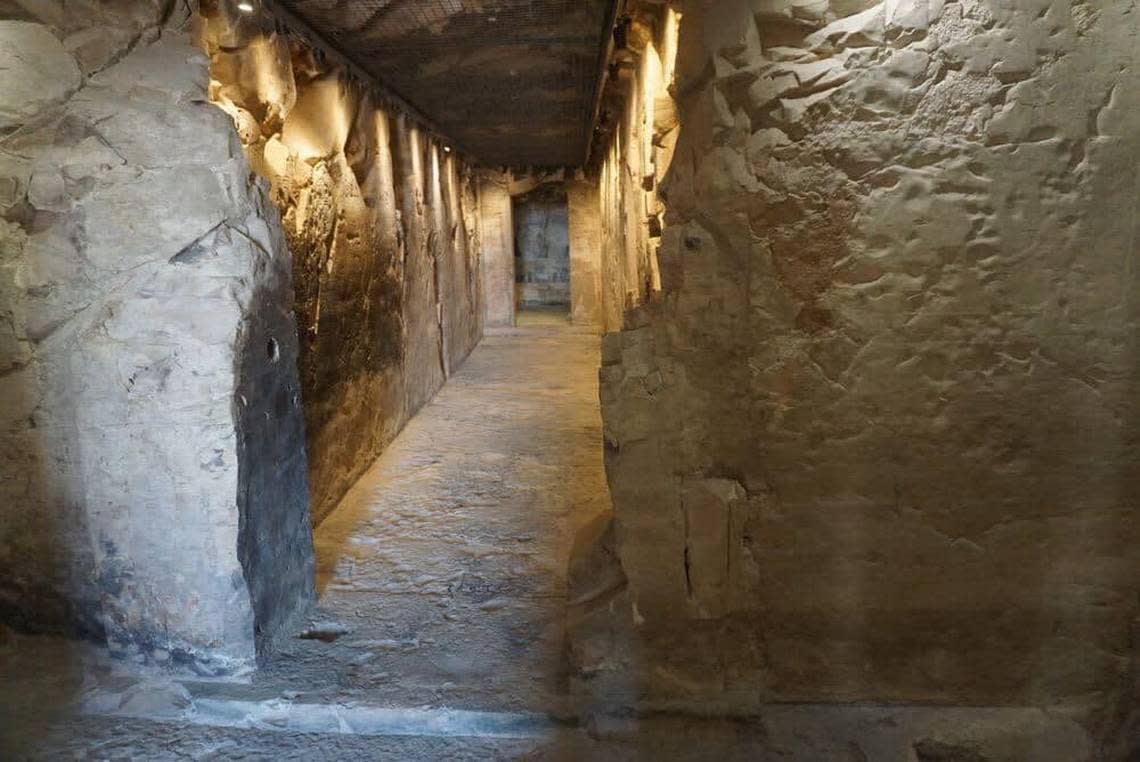
As far as ancient Egyptian officials go, Djehuty was an unusual one. He never married and didn’t have children, according to Spanish researchers. Additionally, cemetery inscriptions indicate his father was from Syria or Palestine — not Egypt.
Perhaps this drove Djehuty to try to compensate — to prove himself even after death — by decorating his burial chamber with inscribed scenes of the Book of the Dead, archaeologists said. This inscription is considered the first time the iconic Egyptian text was written on the walls of a tomb, according to Egyptian researchers.
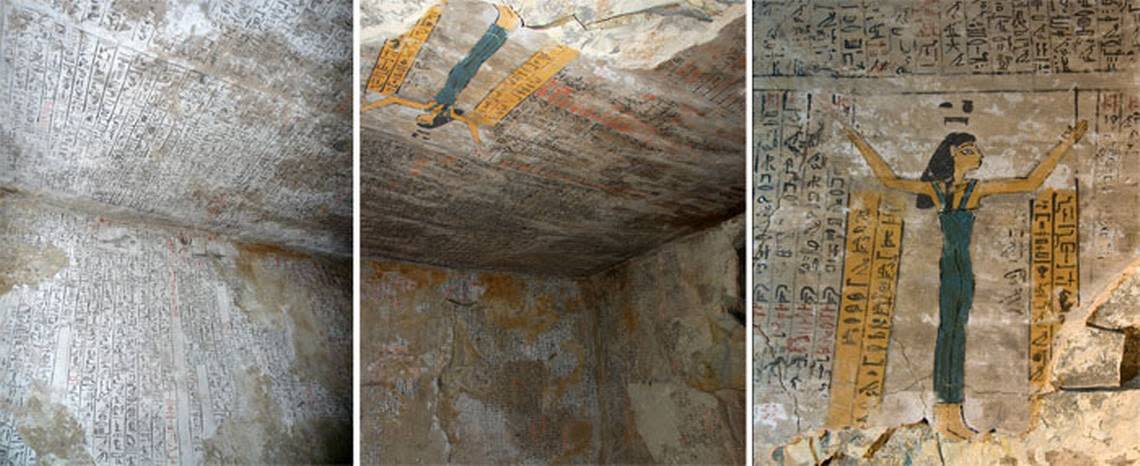
Djehuty’s tomb contains another unique feature: the only known funerary garden, according to a news release from the Spanish National Research Council in 2017. Tomb inscriptions referenced a garden and archaeologists unearthed its remnants at the tomb’s entrance.

Before entering Djehuty’s tomb, visitors will pass a replica of what the garden looked like around 2000 B.C., Spanish officials said. Once inside, visitors can walk through the reconstructed entranceway, second room and down the hallway into the burial chamber where detailed inscriptions on the walls and ceiling surround them with calls to the afterlife.
Tumba-capilla de Djehuty by Proyecto Djehuty on Sketchfab
The second newly-reopened tomb at the site belongs to Hery, a scribe and granary overseer who lived around 1520 B.C., according to Project Djehuty. His administrative career also began under a powerful woman — the royal wife and mother of Queen Ahhotep, Spanish researchers
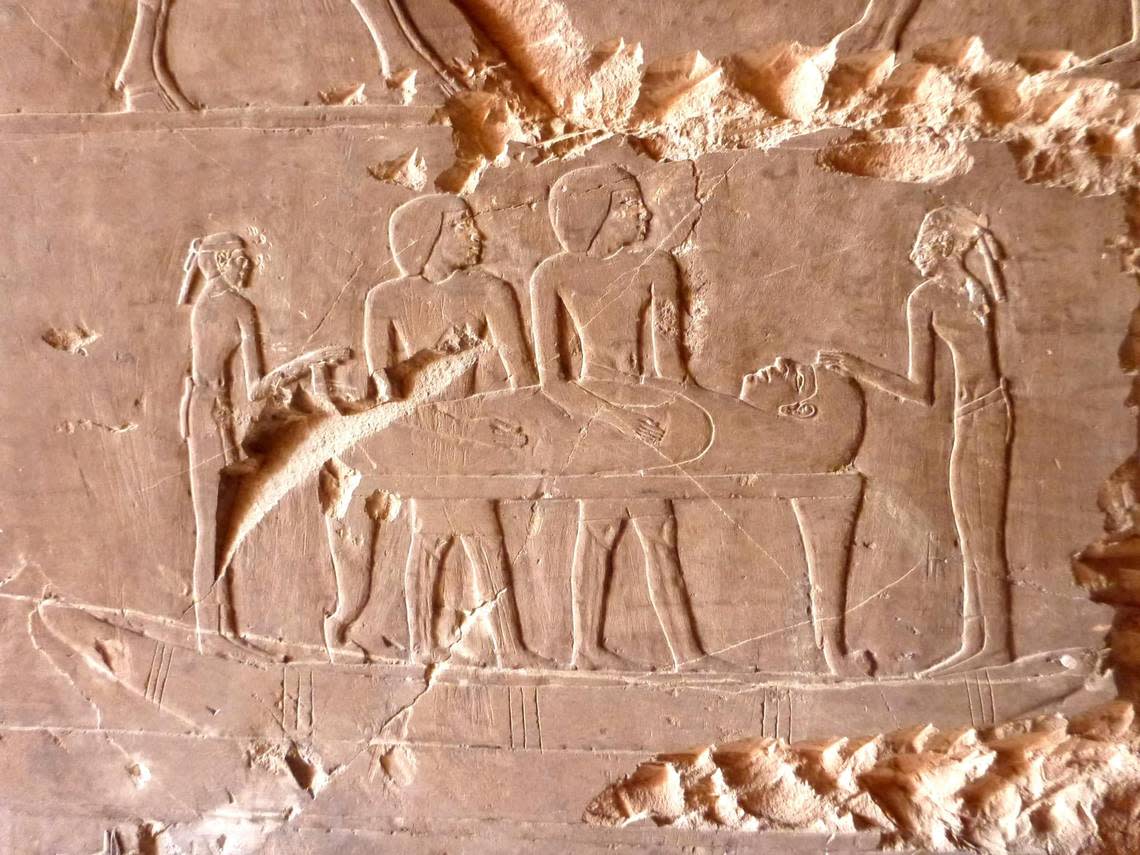
Hery’s tomb is older and simpler than Djehuty’s, photos show. The three main rooms include the burial chamber, another internal room and a decorated hallway. Along the hallway, inscriptions show a hunting scene on one side and Hery at a banquet with his family on the other.
Tumba-capilla de Hery by Proyecto Djehuty on Sketchfab
Djehuty and Hery both lived during a period of transition in ancient Egypt, according to Spanish researchers. The dignitaries served the Pharaoh at the start of a period now referred to as the New Kingdom.
Around the 3,500-year-old tombs, archaeologists unearthed numerous other coffins, jewelry and artifacts, according to the Spanish National Research Council. Project Djehuty has chronicled the finds on its Instagram account.
Luxor is about 400 miles southeast of Cairo.
Facebook Translate and Google Translate were used to translate the news release from Egypt’s Ministry of Tourism and Antiquities. Google Translate was also used to translate news releases from the Spanish National Research Council (Consejo Superior de Investigaciones Científicas) and articles from Project Djehuty.
Ruins of 1,600-year-old iron working site — filled with tools — uncovered in China
Volunteer finds shiny object in dirt and unearths 1,600-year-old artifact in Jerusalem
700-year-old synagogue found in abandoned cocktail bar in Spain. Take a look inside
